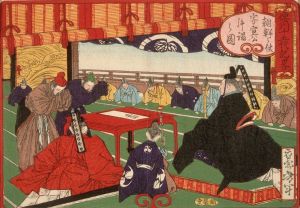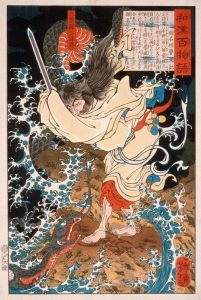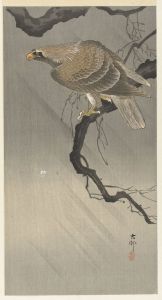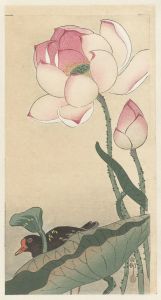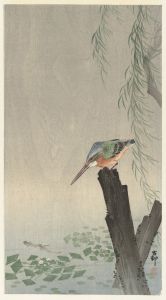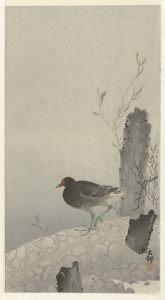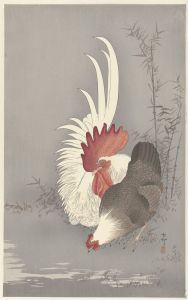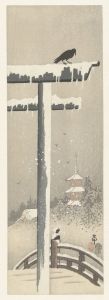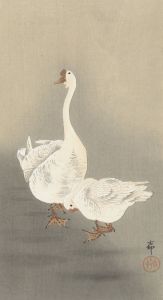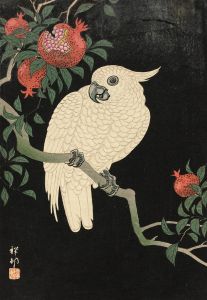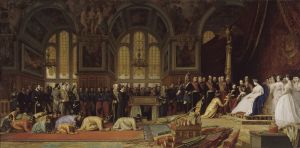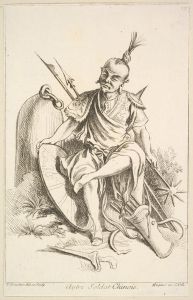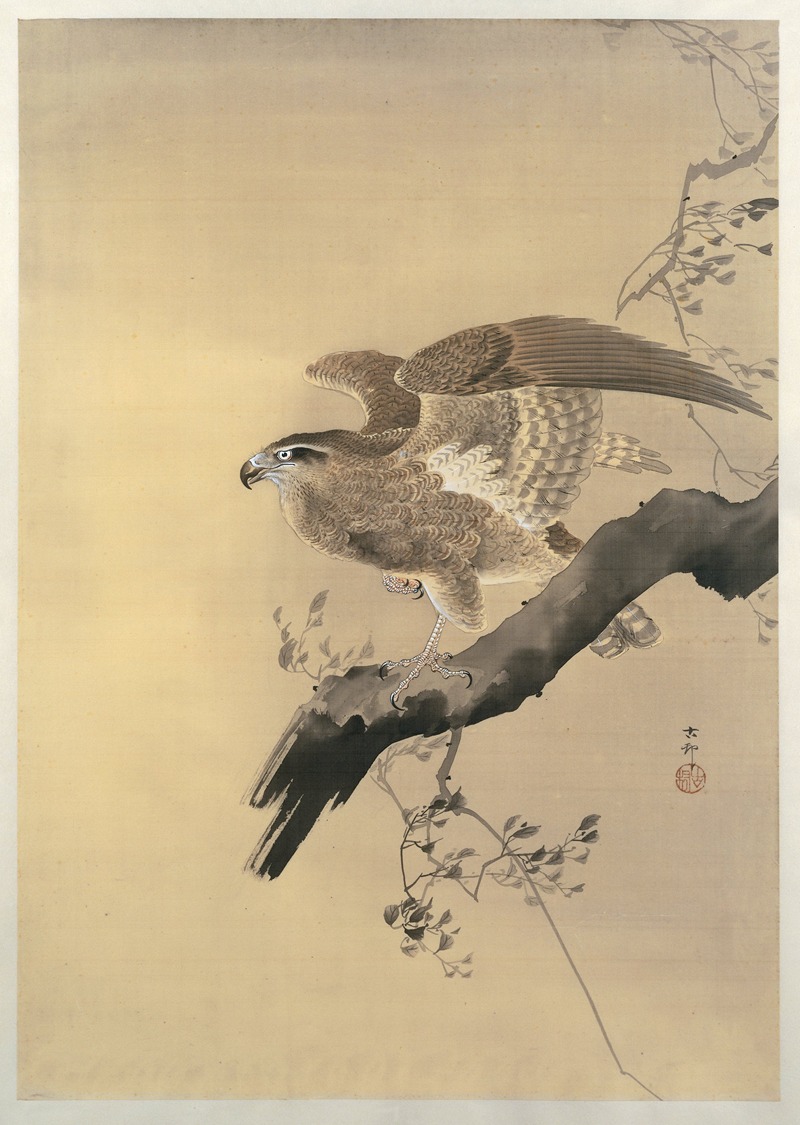
Hawk
A hand-painted replica of Ohara Koson’s masterpiece Hawk, meticulously crafted by professional artists to capture the true essence of the original. Each piece is created with museum-quality canvas and rare mineral pigments, carefully painted by experienced artists with delicate brushstrokes and rich, layered colors to perfectly recreate the texture of the original artwork. Unlike machine-printed reproductions, this hand-painted version brings the painting to life, infused with the artist’s emotions and skill in every stroke. Whether for personal collection or home decoration, it instantly elevates the artistic atmosphere of any space.
Ohara Koson (1877–1945) was a Japanese painter and print designer of the late 19th and early 20th centuries, known for his exquisite kachō-ga (bird-and-flower) prints. One of his notable works is "Hawk," which exemplifies his mastery in capturing the elegance and dynamism of avian subjects.
Koson was born in Kanazawa, Ishikawa Prefecture, and initially studied painting under Suzuki Kason. He later became associated with the shin-hanga (new prints) movement, which sought to rejuvenate traditional ukiyo-e prints with modern sensibilities. Koson's work primarily focused on natural subjects, particularly birds, which he depicted with remarkable detail and sensitivity.
The "Hawk" print is a quintessential example of Koson's ability to blend realism with artistic expression. The hawk, a symbol of strength and keen vision in Japanese culture, is rendered with meticulous attention to its plumage and posture. The bird is often shown perched on a branch, its sharp eyes scanning the surroundings, capturing a moment of poised alertness. The composition typically features a minimalist background, allowing the viewer to focus on the intricate details of the hawk itself.
Koson's technique involved the use of woodblock printing, a traditional Japanese method that requires the collaboration of the artist, carver, and printer. The process begins with the artist creating a detailed drawing, which is then transferred onto a series of wooden blocks. Each block is carved to represent different parts of the image and inked separately to produce the final print. This method allows for the rich textures and subtle color gradations seen in Koson's work.
The "Hawk" print is celebrated for its dynamic composition and the lifelike quality of the bird. Koson's use of color is both restrained and effective, with the hawk's feathers rendered in shades of brown, gray, and white, contrasted against the muted tones of the background. This careful use of color enhances the three-dimensionality of the bird, making it appear almost lifelike.
Koson's prints were highly regarded both in Japan and internationally. His works were particularly popular in the United States and Europe, where they were collected by art enthusiasts and exhibited in various galleries. The "Hawk" print, like many of his other works, contributed to the appreciation of Japanese art in the Western world during the early 20th century.
Despite the popularity of his prints, Koson remained somewhat enigmatic, with limited information available about his personal life. He worked under different names throughout his career, including Ohara Shōson and Ohara Hōson, which sometimes leads to confusion among collectors and historians. Nonetheless, his artistic legacy is well-established, and his prints continue to be admired for their beauty and craftsmanship.
In summary, "Hawk" by Ohara Koson is a remarkable example of shin-hanga art, showcasing the artist's skill in depicting natural subjects with precision and elegance. The print remains a testament to Koson's contribution to the world of Japanese woodblock printing and his enduring influence on the appreciation of Japanese art globally.





